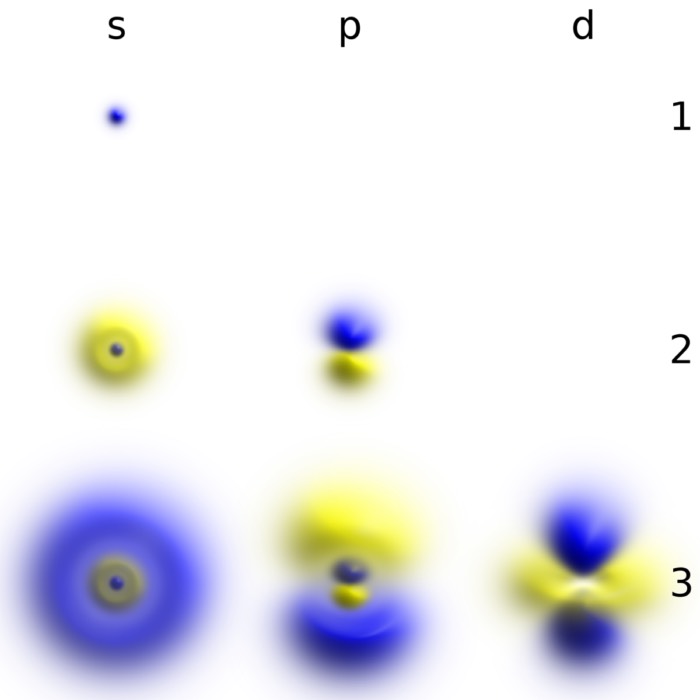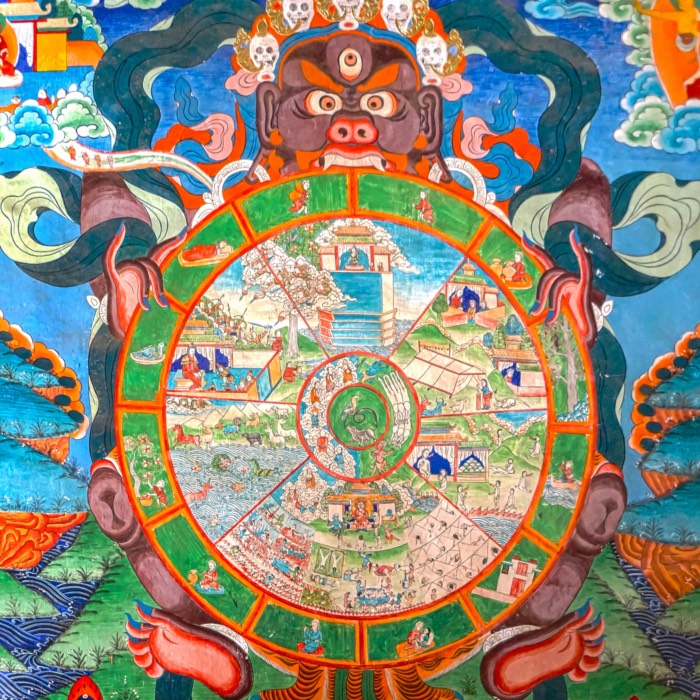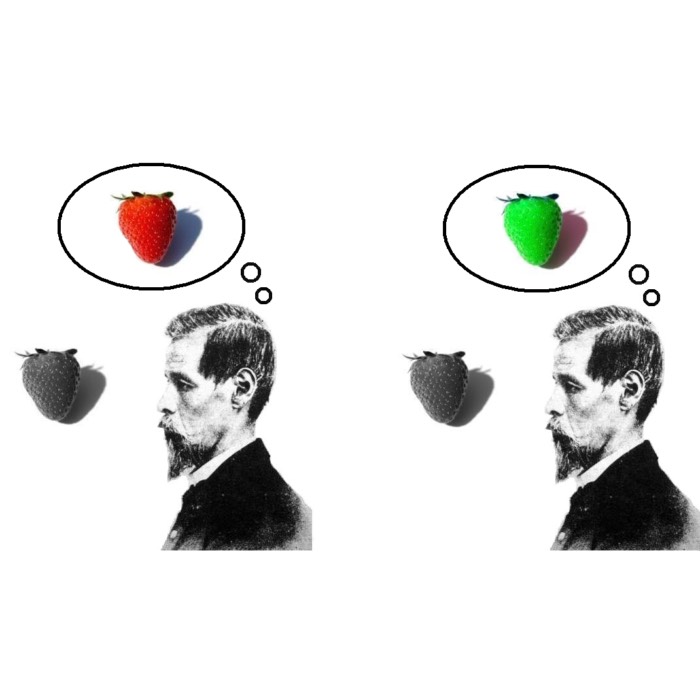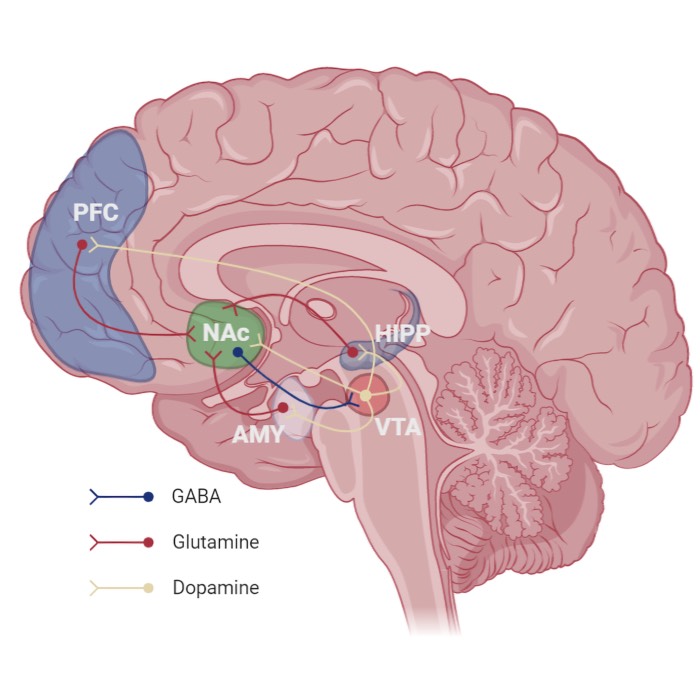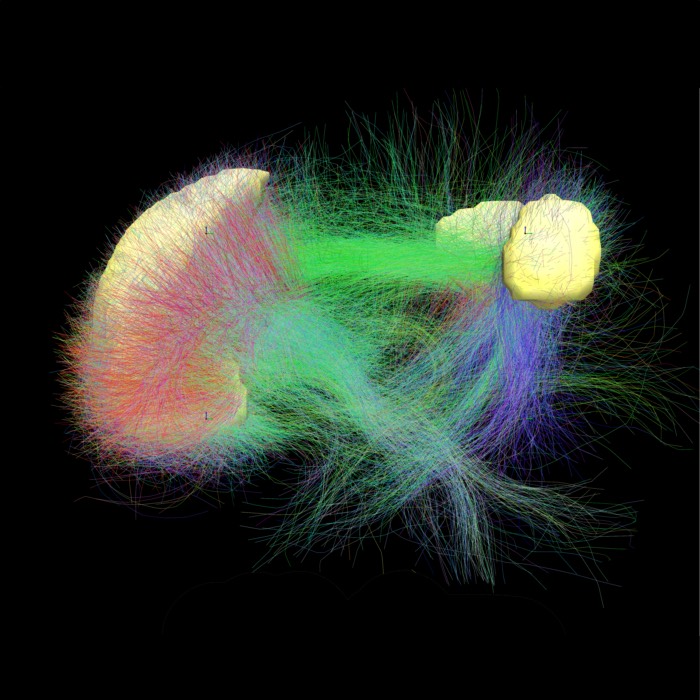Weekend Stories
I enjoy going exploring on weekends (mostly). Here is a collection of stories and photos I gather along the way. All posts are CC BY-NC-SA licensed unless otherwise stated. Feel free to share, remix, and adapt the content as long as you give appropriate credit and distribute your contributions under the same license.
diary · tags · RSS · Mastodon · flickr · simple view · grid view · page 1/50
Zen and Japanese militarism: Complicity and ethical failure
Zen Buddhism is often celebrated for its teachings on mindfulness, compassion, and inner peace, yet its historical entanglement with Japanese militarism reveals a complex and troubling dimension of its past. During the early 20th century, Zen institutions in Japan not only failed to oppose the rise of imperial aggression but, in many cases, actively supported it. In this post, we examine how Zen teachings were reinterpreted and co-opted to align with nationalist and militarist ideologies, exploring the cultural, philosophical, and institutional dynamics that allowed this alignment to occur. By confronting this history, we aim to better understand the challenges of maintaining ethical integrity within spiritual traditions when faced with political and social pressures.
Vegetarianism and Buddhism: Ethics, compassion, and practice
The relationship between Buddhism and vegetarianism reflects a deep ethical inquiry into the nature of compassion, non-violence, and mindful living. Rooted in the First Precept of avoiding harm to sentient beings, the practice of abstaining from meat has been embraced by many Buddhist traditions as an expression of loving-kindness and respect for life. However, the approach to dietary ethics varies widely across Buddhist cultures, shaped by historical, monastic, and regional contexts. In this post, we explore the philosophical foundations, scriptural interpretations, and cultural practices surrounding vegetarianism in Buddhism, highlighting how this ethical choice aligns with the broader principles of the Dharma while accommodating diverse circumstances and perspectives.
Engaged Buddhism: Compassion in action
Engaged Buddhism represents a dynamic movement that bridges traditional Buddhist teachings with the pressing social, political, and environmental challenges of the modern world. Rooted in principles of compassion, mindfulness, and interdependence, it calls for the integration of inner transformation with outward action. Coined by Vietnamese Zen master Thich Nhat Hanh during the Vietnam War, Engaged Buddhism emphasizes that spiritual practice cannot be separated from the realities of suffering in society. In this post, we explore the origins, principles, and practices of Engaged Buddhism, highlighting how it inspires individuals and communities to respond to injustice, violence, and ecological crises with clarity, nonviolence, and compassion.
Buddhism and the environment: Impermanence, compassion, and climate responsibility
The relationship between Buddhism and environmentalism offers a profound perspective on the ecological challenges of our time. Rooted in principles such as interdependence, impermanence, and compassion, Buddhist philosophy provides a framework for understanding humanity’s connection to the natural world and the ethical responsibilities that arise from it. As climate change and environmental degradation intensify suffering for countless beings, Buddhist teachings encourage mindful action, non-harming, and a deep sense of care for all life. In this post, we explore how Buddhist thought and practice intersect with ecological awareness, highlighting the ways in which these ancient teachings inspire meaningful responses to modern environmental crises.
Homosexuality and Buddhism: History, philosophy, and contemporary perspectives
Buddhism has often been perceived as more open or ambiguous toward questions of sexuality than many other religious traditions. In this post, we aim to explore the intersection between homosexuality and Buddhism from both historical and philosophical perspectives. We seek to distinguish between cultural practices within Buddhist societies and the foundational teachings attributed to Siddhartha Gautama.
Buddhism and quantum physics: Parallels, projections, and problems
The intersection of Buddhism and quantum physics has sparked decades of fascination, debate, and philosophical inquiry. Both traditions, though arising from vastly different contexts, challenge classical notions of reality, separability, and permanence. Quantum physics, with its principles of uncertainty, superposition, and entanglement, has upended deterministic worldviews, while Buddhist philosophy, through concepts like dependent origination and emptiness, offers a relational and process-oriented understanding of existence. In this post, we explore the parallels, projections, and potential pitfalls of comparing these two frameworks. Rather than equating Buddhist insights with quantum mechanics, we seek to examine how each tradition can inform the other, fostering a deeper appreciation of the relational and dynamic nature of reality while respecting their distinct methodologies and aims.
Death, rebirth, and continuity of mind
The question of what happens at death has preoccupied human thought across cultures and epochs. In Buddhist philosophy, particularly as taught by Siddhartha Gautama, death is not seen as the annihilation of an eternal self, nor as the transmigration of a fixed soul, but as part of a continuous process of conditioned arising (paṭiccasamuppāda). This perspective offers a distinct alternative to both materialist annihilationism and metaphysical eternalism. Modern psychology and neuroscience, while refraining from metaphysical claims, also provide frameworks for understanding continuity without requiring an enduring self. In this post, we explore how Buddhist ideas of death and rebirth intersect with contemporary understandings of mind and memory.
Consciousness and the ‘hard problem’ from a Buddhist angle
The ‘hard problem’ of consciousness, famously articulated by philosopher David Chalmers (1995), refers to the difficulty of explaining how and why subjective experiences arise from physical processes in the brain. While modern neuroscience and philosophy of mind continue to struggle with this enigma, Buddhist thought, particularly as taught by Siddhartha Gautama and developed in later traditions, offers a radically different approach. Rather than positing consciousness as an inexplicable emergent property of matter or an irreducible substance, Buddhism treats consciousness as a contingent, dependently originated phenomenon (paṭiccasamuppāda). In this post, we explore how Buddhist philosophy reframes the hard problem, offering insights that challenge both reductionist materialism and metaphysical dualism.
Suffering, craving, and the brain’s reward system
At the core of Siddhartha Gautama’s teachings lies the diagnosis that craving (taṇhā) is the origin of suffering (dukkha). This insight, articulated in the Four Noble Truths, portrays human dissatisfaction as arising from attachment to transient pleasures, possessions, and identities. Modern neuroscience, particularly research into the brain’s reward system, provides a strikingly parallel narrative: the biological mechanisms that evolved to promote survival through seeking rewards can also entrap individuals in cycles of craving and dissatisfaction. In this post, we explore the convergence between Buddhist psychology and the neurobiology of craving, highlighting how an understanding of the brain’s reward system deepens our grasp of suffering and points toward practical avenues for liberation.
The default mode network and the dissolution of ego
The experience of a solid, continuous self has long been assumed as an intrinsic feature of consciousness. However, both Buddhist philosophy and contemporary neuroscience challenge this assumption. In Buddhist thought, particularly in Siddhartha Gautama’s teaching of anattā (non-self), the ego is seen as a constructed and ultimately empty phenomenon. Recent findings in neuroscience, especially regarding the default mode network (DMN), lend empirical support to this view. In this post, we explore the relationship between the DMN, the sense of self, and the dissolution of ego, illustrating the remarkable convergence between ancient Buddhist insights and modern brain research.





